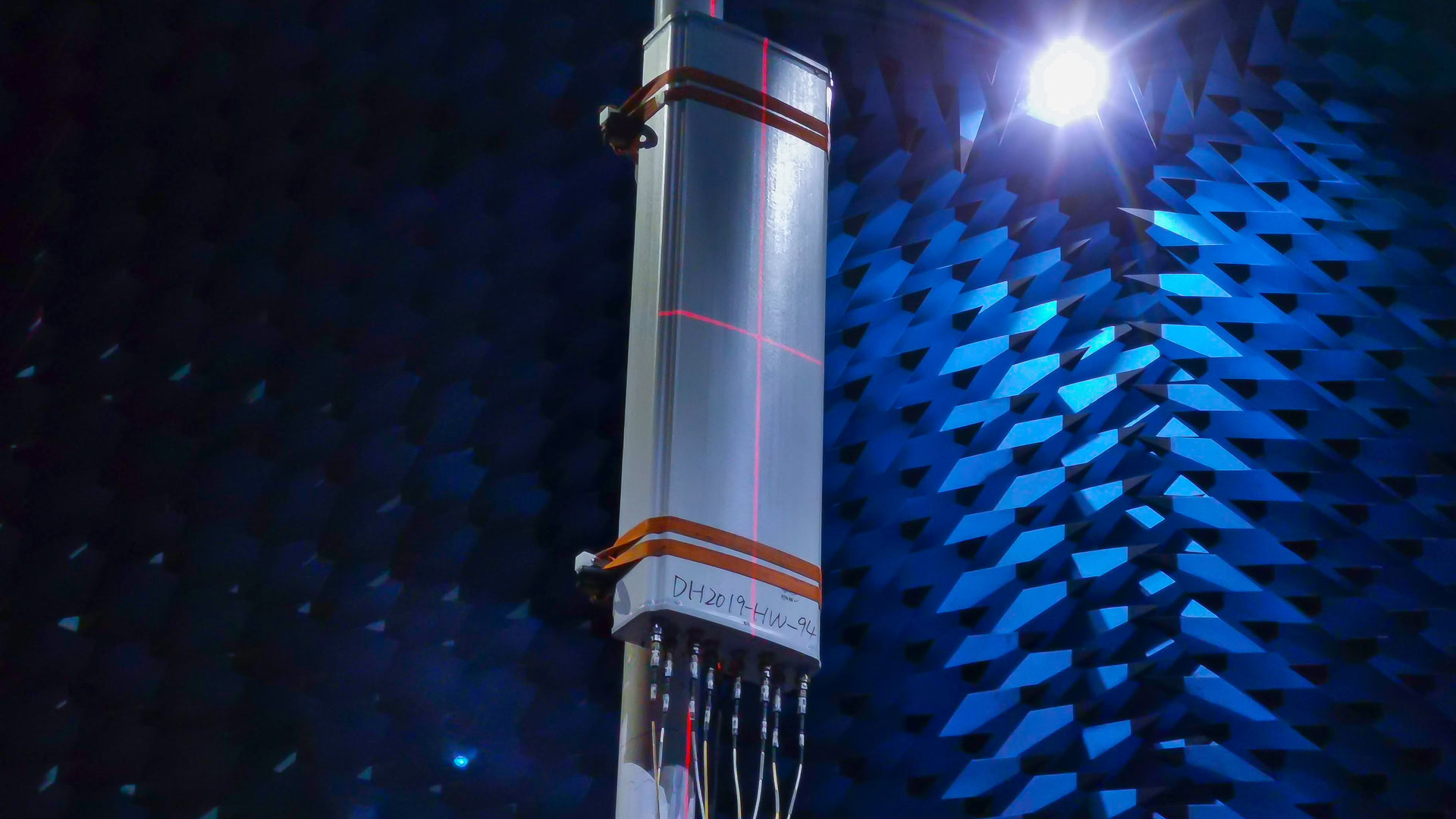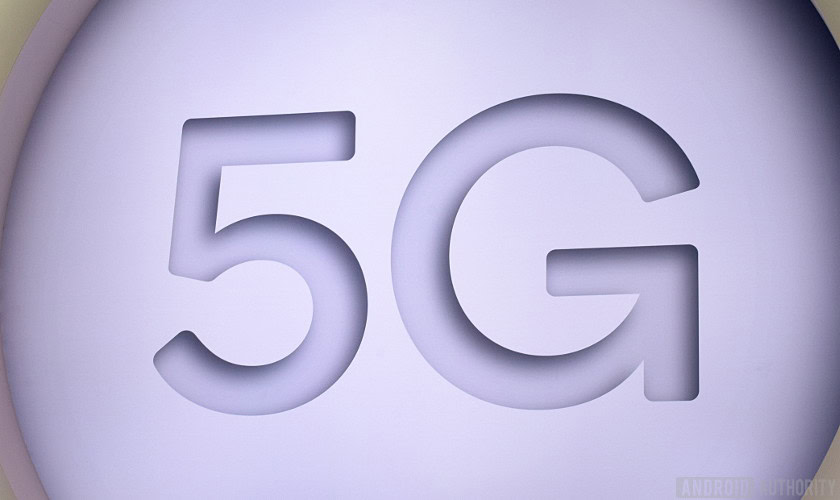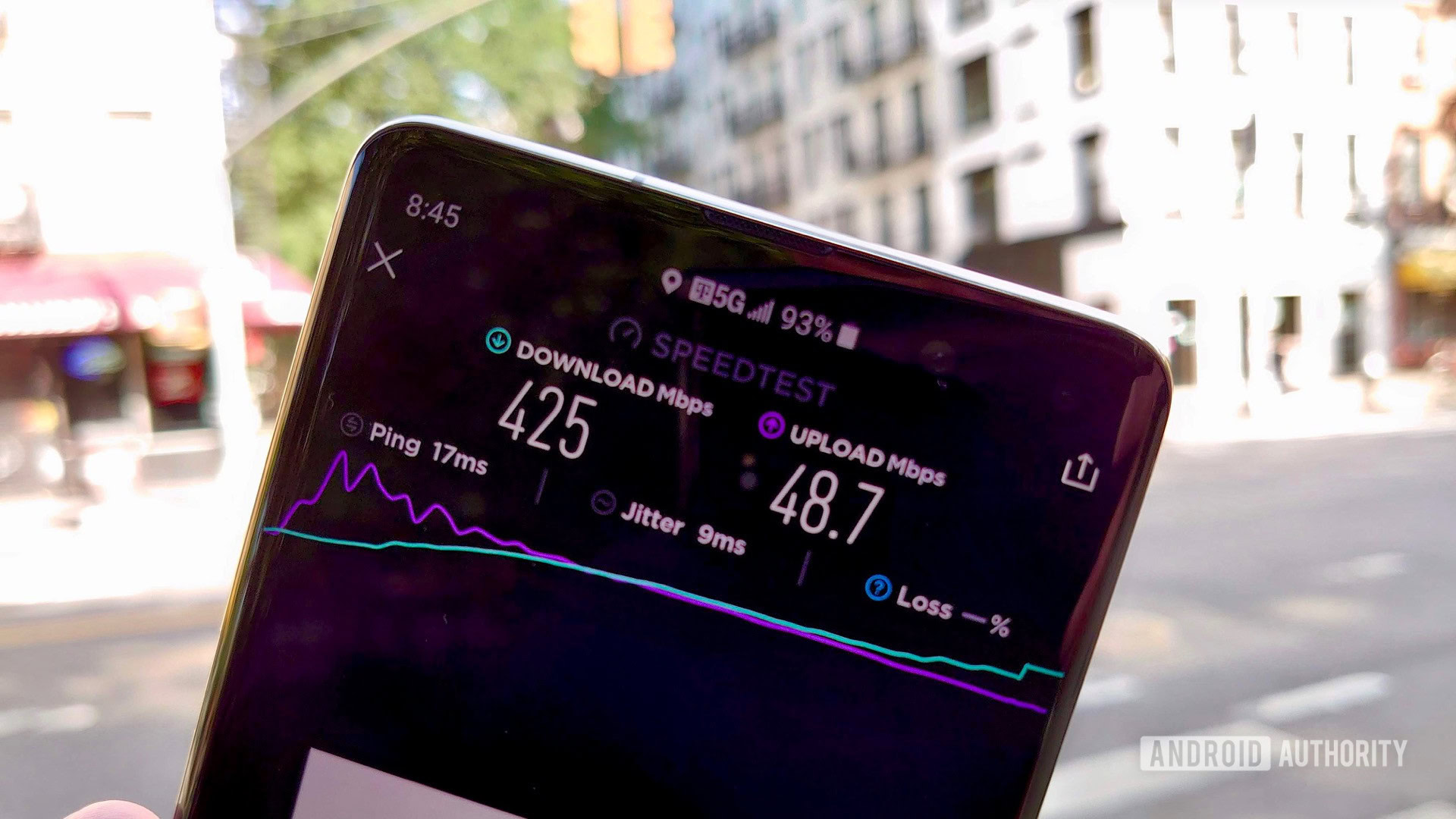Affiliate links on Android Authority may earn us a commission. Learn more.
Ignore that stupid phone burning steel wool tweet, 5G won't fry your brain
Published onJanuary 17, 2020

There are always naysayers when it comes to new technology, but the sheer amount of disinformation associated with the rollout of 5G is really something else. This is nothing new, of course. Scare stories about radiation, smartphones, and your health have been scratching at the edges of the industry for decades. 5G, however, has presented an opportunity for these deluded or mischievous agents to prey on consumer ignorance. Stoking familiar unfounded fears that their new 5G smartphone will be the death of them.
Sure enough, there’s an increasingly popular tweet making the rounds at the moment, prodding at consumer insecurities without any scientific evidence or meaningful argument attached to it. I’m reluctant to include the tweet simply to reduce its exposure, but we’re adults capable of viewing stuff online with the required healthy dose of skepticism, so here it goes:
Cellphone companies;
“5G is perfectly safe”Scientists;
We should really test that before rolling out world wide microwavesGovernment;
“Crickets…”Meanwhile consumer brains; pic.twitter.com/U3xAbHe8ms— The Punisher (@ItsNotRevenge) January 14, 2020
For some background, the video first appeared on YouTube on December 27, 2019 and has, unfortunately, been viewed over 750,000 times. There are several things wrong with the video and tweet just from looking at it. For starters, it features an old iPhone 6. That’s not even a 5G capable smartphone. With that in mind, 4G smartphones have been around for years and we’ve been making wireless calls for much longer than that. Why haven’t we seen this before, if it’s such a compelling argument?
There’s also no scientific reasoning or explanation provided with the tweet or video. We’re just supposed to accept the fact that an iPhone can set fire to steel wool when a call is made nearby.
The folks at Snopes took a look at the video when it first appeared and correctly spotted that the flames are generated via digital effects. Slow the video down to 0.25x and watch the visual effect fade-in at the 29-second mark. The steel wool never actually burns. Sorry 5G scaremongers.
Let’s dig a little deeper, though, and look beyond this very fake, very silly video. Is it scientifically possible to set steel wool on fire using smartphone signals? Is 5G actually a danger in any way whatsoever?
Well, no and no.
Time for some actual science

First off let’s address this steel wool nonsense.
Steel wool just so happens to be very flammable. You can ignite it with current from a battery or even just a very small spark. But what you can’t do is use 4G or 5G radio waves from a phone to ignite it, or any other material for that matter.
4G and 5G radio waves fall into the non-ionizing part of the electromagnetic spectrum. That means that they don’t carry sufficient energy to add or remove electrons from an atom or molecule. Non-ionizing radiation can apply a force to electrons and attempt to move electrons into a higher energy state, but that’s it. In other words, non-ionizing radio waves are incapable of starting chemical reactions or cancerous mutations, by stripping electrons. However, moving electrons can result in extra heat, especially in metals.
This is how a microwave works, and you can certainly burn steel wool in a microwave. However, microwaves produce radiation that is much higher in power than your smartphone uses for calls. Furthermore, the reason that steel wool burns in a microwave is actually because heat builds up in the thin wires due to their high resistance to those moving electrons. The reason I mention this is because even in a microwave, it’s not radiation that directly ignites steel wool. Rather it’s heat build-up and the unique properties of the steel wool that make it flammable. You can stick a smooth steel spoon in the microwave and it won’t combust (at least in theory, I haven’t personally tested it!).

None of the above attributes of steel wool remotely apply to human skin, brain, or organ tissue. We’re dense, mushy creatures that are fairly resistant to any heating caused by non-ionizing radiation. Especially at the power levels we come across in our daily lives, from radio and TV waves to home Wi-Fi, 4G, and 5G signals. Our skin is more reflective of high-frequency 5G mmWave signals than it is of low-frequency TV signals, so this is where you would expect to see the most heating. According to research, a 60GHz mmWave antenna outputting a whopping 50W/m2 of power (which wouldn’t be close to passing FCC regulations) only raises skin temperature by 0.8 degrees Celsius. That’s below the IEEE standards temperature threshold of 1 degree Celsius for mmWave radiation guidelines. So much for 5G burning our brains or causing our skin to combust. UV rays from the sun are much more dangerous to our skin.
No, 5G won’t microwave your brain

There have been numerous studies on the impacts of non-ionizing radiation and our health. Including many that look specifically at the risks associated with mobile phone use. This wide range of research is referenced by national and international radiation safety standards that are adhered to around the world. To date, there’s no conclusive evidence linking mobile phone use to cancer or any other biological effects. 5G has to meet the same safety standards as 4G, so there’s no increased risk with the new technology.
Generally the public is concerned about the risks from ELF, RF and MW. However, the greatest risk to the public probably arises from natural UV radiation.<i>UNITEN ICNIR2003 Electromagnetic Fields and Our Health (20–22 October 2003) </i>
Of course, that’s no reason for complacency on our part, and the scientific community should be encouraged to dig deeper. Everyone should welcome additional studies on how technology affects our health, especially with new use cases such as 5G. But what we need is rigorous research, not biased anecdotes, viral videos, or more scaremongering stories doing the rounds on social media. If anything, nonsense like the aforementioned tweet will make it harder for any legitimate issues to be taken seriously, should they ever arise.